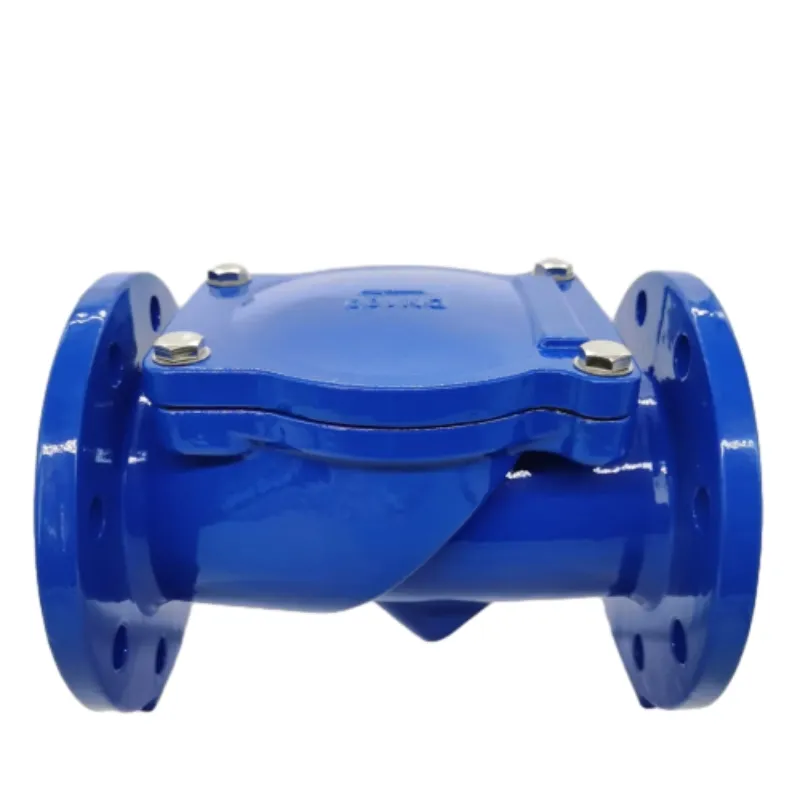Дек . 20, 2024 06:13 Back to list
Pricing Information for 150mm Butterfly Valves and Related Products
Understanding the Pricing of 150 mm Butterfly Valves
When it comes to industrial applications, valves play a crucial role in controlling the flow of fluids. Among the various types of valves available, butterfly valves have gained popularity due to their simple design, compact form, and efficiency. This article will delve into the specifics of 150 mm butterfly valves, focusing on their pricing, factors influencing cost, and their applications in different industries.
What is a Butterfly Valve?
A butterfly valve is a quarter-turn rotational valve that uses a disc-shaped slug to regulate fluid flow. When the valve is closed, the disc is perpendicular to the flow path, and when opened, it aligns with the flow direction, allowing for smooth and efficient fluid movement. The 150 mm butterfly valve refers to the nominal diameter of the valve, which is 150 millimeters.
Pricing Overview
The price of a 150 mm butterfly valve can vary significantly based on several factors. On average, you can expect the cost to range from $50 to over $300 per unit. This wide price range reflects differences in materials, design features, and manufacturer brands.
Factors Influencing Price
1. Material Construction Butterfly valves can be made from various materials, including cast iron, stainless steel, PVC, and more. Stainless steel valves typically cost more due to their resistance to corrosion and high durability, making them ideal for harsh environments.
2. Design Type There are different designs of butterfly valves, such as wafer-style and lug-style valves. Wafer valves are generally less expensive but might have specific application limitations compared to lug valves, which can offer more flexibility in installation.
3. Pressure Rating Butterfly valves come with various pressure ratings (such as ANSI 150, ANSI 300, etc.). Higher pressure ratings generally lead to increased costs due to the need for stronger materials and more robust construction techniques.
150 mm butterfly valve price

4. Actuation Method The cost also varies depending on whether the valve is manual or automated. Automated butterfly valves, which can be controlled via electric or pneumatic actuators, are typically more expensive than their manual counterparts.
5. Brand Reputation Well-known brands with a reputation for quality and reliability often charge a premium for their products. While it can be tempting to go for the cheapest option, investing in a reputable brand may save costs in maintenance and replacements in the long term.
Applications of 150 mm Butterfly Valves
Due to their versatility, 150 mm butterfly valves are widely used across a range of industries, including
- Water and Wastewater Treatment These valves help regulate the flow of water in treatment plants, ensuring the effective processing of water for municipal and industrial use.
- Chemical Processing The ability to handle corrosive fluids makes butterfly valves ideal for chemical processing plants where various liquids and gases must flow safely and efficiently.
- HVAC Systems In heating, ventilation, and air conditioning systems, butterfly valves manage airflow and keep systems running efficiently, contributing to energy savings.
- Food and Beverage Industry Compliance with hygiene standards is crucial, and many butterfly valves are designed to withstand frequent cleaning and sanitation processes.
Conclusion
In summary, the pricing for 150 mm butterfly valves can vary widely depending on material, design, and other factors. Understanding these components can help buyers make informed decisions tailored to their specific needs. With applications spanning multiple industries, investing in the right butterfly valve can ensure efficient operations and long-term benefits in controlling fluid flow.
-
Why Metric Trapezoidal Thread is Ideal for Precision Motion ControlNewsAug.05,2025
-
The Unique Properties of a Block of Granite for Industrial UseNewsAug.05,2025
-
The Role of Flanged Y Strainers in Preventing Pipeline ClogsNewsAug.05,2025
-
The Importance of Regular Calibration for Master Ring GagesNewsAug.05,2025
-
How a Cast Iron Surface Table Enhances Accuracy in ManufacturingNewsAug.05,2025
-
Comparing Different Check Valve Types for Optimal Flow ControlNewsAug.05,2025
Related PRODUCTS









